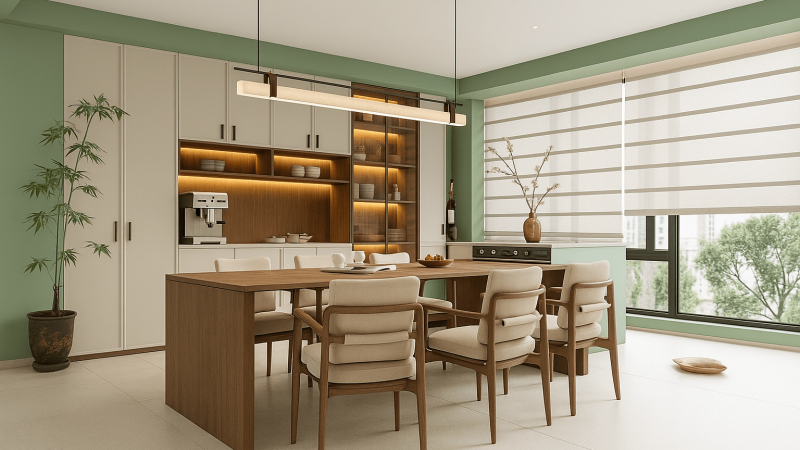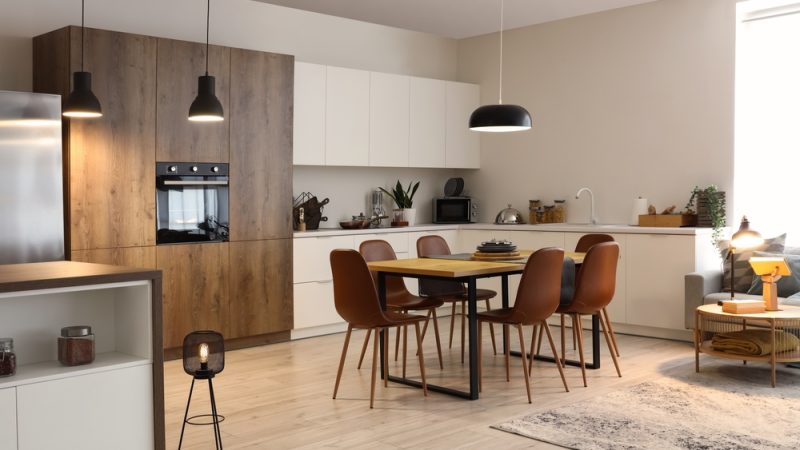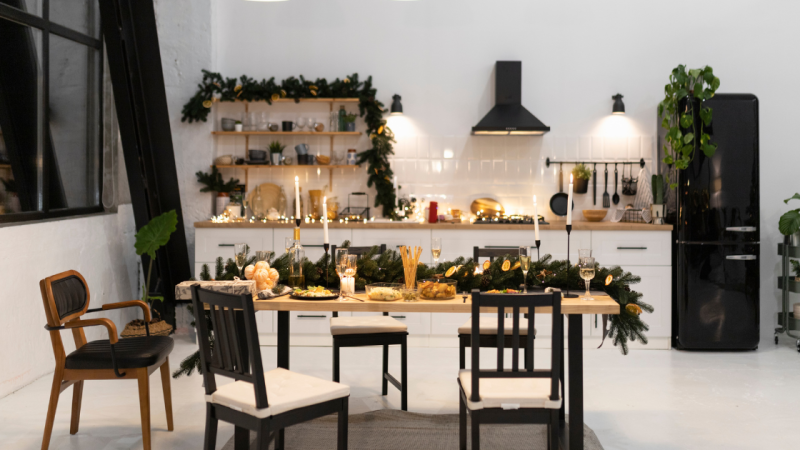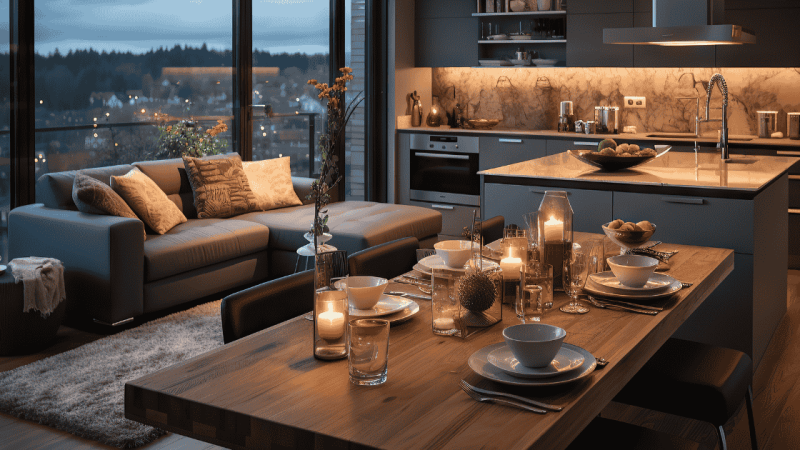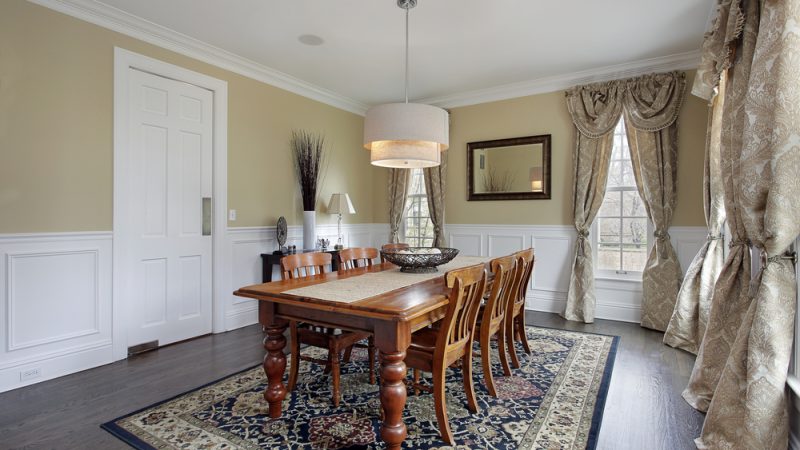How to Plan the Dining Room Style Design for Your Home
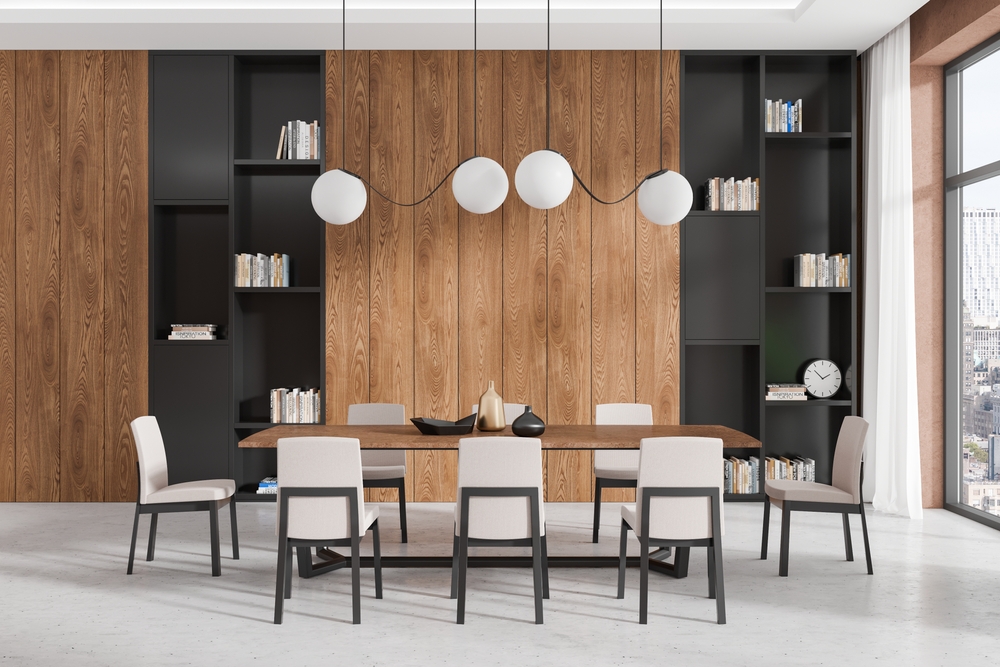
Planning the right dining room style design goes beyond aesthetics. It’s about shaping a space that supports how you live—whether that means dinner parties, casual family meals, or doubling as a workspace. The dining room is one of the few spaces where design meets daily use head-on, so each decision matters.
This guide breaks down the process step by step, helping you design a dining room that’s beautiful, functional, and personal to your home.
Define How You Use the Space
Before you start browsing furniture or picking paint colors, get specific about the room’s function.
Ask yourself:
-
Is the dining room used every day or just for special occasions?
-
Do you entertain often?
-
Does the space need to serve more than one purpose (like working or studying)?
-
Is the dining room open to other areas, or enclosed?
Clear answers to these questions help you make smarter design choices that reflect your actual lifestyle.
If the space needs to multitask, you’ll want to prioritize furniture that offers storage or flexibility, such as extendable tables, stackable chairs, or built-in cabinets.
Establish a Clear Design Style
Defining a consistent interior design style creates a strong visual foundation. Instead of blending multiple looks, settle on one main theme and use it to guide your decisions.
Common dining room styles include:
-
Modern: Minimalist layouts, neutral tones, clean edges
-
Traditional: Rich wood furniture, warm lighting, classic patterns
-
Farmhouse: Natural materials, vintage accents, cozy textures
-
Industrial: Metal finishes, darker palettes, reclaimed materials
-
Scandinavian: Light wood, soft colors, practical simplicity
Your chosen style should dictate everything from lighting and table shape to wall finishes and textiles. Maintaining a cohesive palette and material selection helps avoid visual clutter and keeps the room grounded.
Select the Right Dining Table
The table is the functional and visual anchor of any dining room. Its size, shape, and material need to suit your space and your needs.
Key considerations:
-
Room dimensions: Leave at least 36 inches between the table and any walls or furniture to allow for easy movement.
-
Table shape:
-
Rectangular: Works well in longer rooms or with larger groups
-
Round: Encourages conversation, ideal for smaller rooms
-
Oval: A blend of functionality and flow, suited for open plans
-
-
Materials:
-
Wood offers warmth and durability
-
Glass can make a small room feel larger
-
Metal provides a modern or industrial edge
-
If you host frequently but have limited space, consider a table with extension leaves to add seating when needed without crowding the room daily.
Prioritize Lighting That Enhances the Room
Lighting sets the tone for how the dining room feels and functions. A well-lit room feels welcoming and makes meals more enjoyable.
Steps to optimize lighting:
-
Center the main fixture above the table. It should hang approximately 30–36 inches above the tabletop.
-
Choose an appropriately sized fixture. For best results, it should be about half to two-thirds the width of the dining table.
-
Incorporate layered lighting.
-
Use overhead lighting for general visibility
-
Add sconces, floor lamps, or accent lights to create ambiance
-
Install dimmers to adjust brightness for different occasions
-
Lighting also offers a chance to introduce design elements like texture, color, or a sculptural form, depending on your style.
https://www.customfurnish.com/blogs/dining-chair-ideas/
Select Chairs That Match Function and Comfort
Dining chairs should support both style and comfort. It’s one of the most practical investments in the room.
Consider these factors:
-
Upholstered or not: Upholstered chairs offer comfort but require more maintenance. Non-upholstered options are easier to clean and often better for families with young children.
-
Seat height and spacing: Standard seat height is 18 inches; there should be about 12 inches between the seat and the underside of the table.
-
Design balance: For visual interest, mix seating styles (e.g., side chairs paired with a bench or distinct armchairs at each end of the table).
Choose materials and finishes that echo your overall design style and that can stand up to regular use.
Use Color Strategically
Color impacts mood and perception more than many realize. The right palette can make your dining room feel spacious, warm, elegant, or lively.
Effective color choices:
-
Neutral tones (white, beige, gray): Offer a timeless look and make it easier to update accessories seasonally.
-
Warm hues (terracotta, ochre, rust): Encourage conversation and add coziness.
-
Cool tones (blue, sage, charcoal): Add calmness and sophistication.
-
Dark walls can work well in formal dining spaces to create an intimate atmosphere.
Accent walls, trim details, and painted ceilings can also help define the space, especially in open layouts.
Modular Dining Room Interiors in Hyderabad: Space-Saving Style
Add Layered Details and Accessories
Once the core furniture and finishes are set, complete the space with purposeful accessories that add depth without overwhelming the room.
Key finishing elements:
-
Area rugs: Define the space and introduce pattern or texture
-
Artwork or mirrors: Fill wall space and enhance light or movement
-
Centerpieces or tabletop decor: Add seasonal variety and color
-
Window treatments: Offer privacy, softness, and temperature control
-
Plants or greenery: Introduce organic shapes and a sense of calm
Avoid crowding the space. Every accessory should contribute to the room’s overall mood or function.
Ensure Harmony With the Rest of the Home
For homes with open-concept layouts, visual continuity between spaces makes the design feel intentional.
Use repeated elements like:
-
Matching wood tones across rooms
-
Coordinated wall colors or trim
-
Consistent lighting fixtures or finishes
This kind of design harmony makes the dining room feel like a natural extension of the home rather than a stand-alone statement.
Conclusion: Design With Intention and Consistency
Planning your dining room style design is about aligning aesthetics with everyday living. Start by defining the room’s function, then build around a clear style. Focus on key elements—like the table, lighting, and seating—that drive both the look and usability of the space.
Once the essentials are in place, layer in details gradually to make the room your own.

